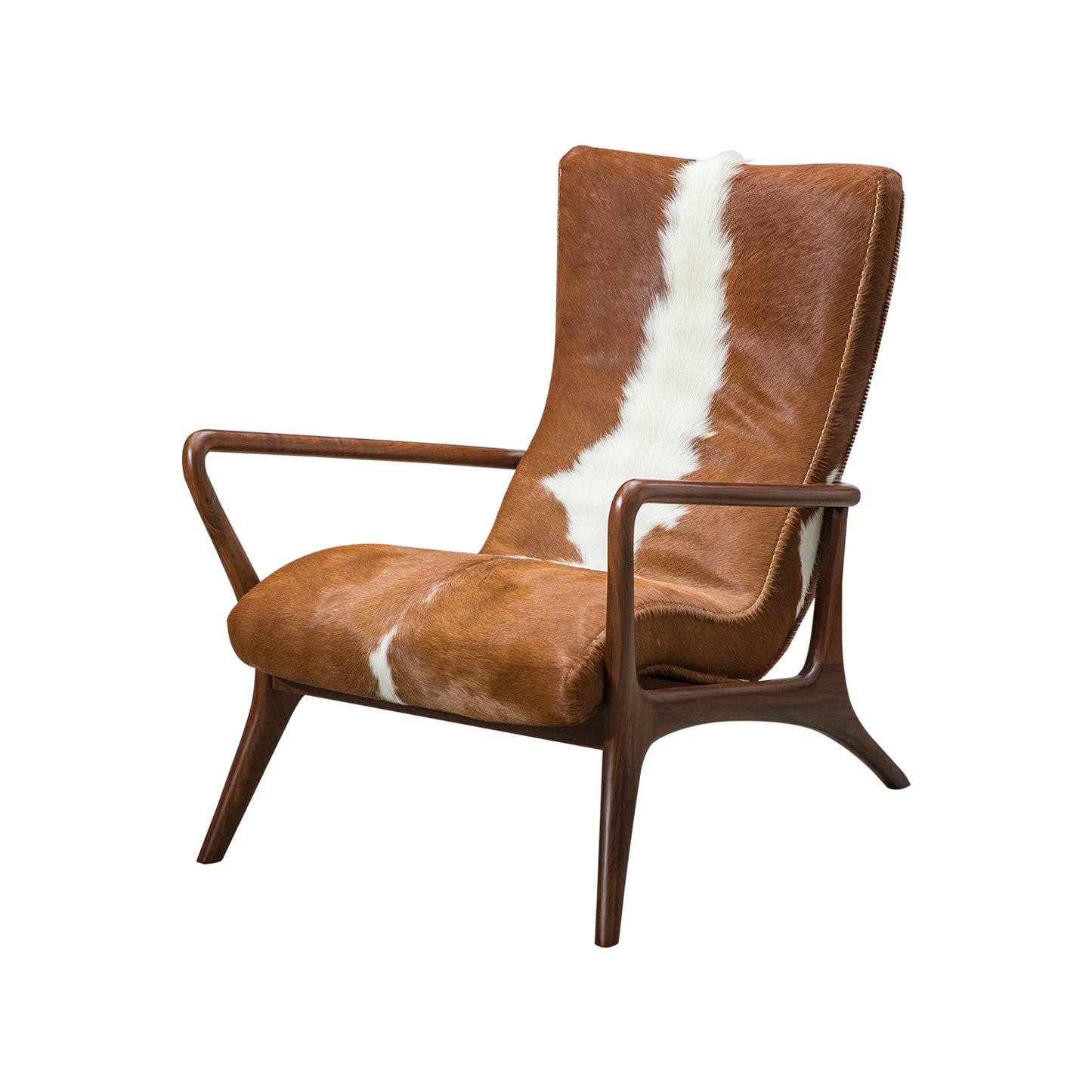Chairs have long been a fundamental element of interior furniture design, serving both functional and aesthetic purposes. Their evolution reflects changes in culture, technology, and design philosophy. This article delves into the fascinating journey of chairs, from the regal thrones of ancient civilisations to the sleek, minimalist designs of today.

Chairs in Ancient Civilisations
Historically, chairs were symbols of power and status. The throne, for instance, was not merely a seat but a representation of authority. Crafted from luxurious materials and adorned with intricate designs, thrones were often reserved for royalty. These early chairs were typically elevated, signifying the importance of the individual seated upon them.
- Materials: Thrones were often made from wood, ivory, or stone.
- Design: Elaborate carvings and upholstery were common.
- Function: Primarily ceremonial, serving as a focal point in gatherings.
The Renaissance and Baroque Periods
As we moved into the Renaissance and Baroque periods, the design of chairs became more elaborate. The introduction of new materials and techniques allowed for greater creativity. Chairs began to reflect the artistic movements of the time, with ornate details and rich fabrics becoming prevalent.
During this era, the armchair emerged, providing comfort alongside style. These chairs often featured upholstered seats and backs, making them a popular choice for both nobility and the emerging middle class. The question arises: how did these changes influence the way we perceive chairs today?
Modern Minimalism: A Shift in Design Philosophy
Fast forward to the 20th century, and we witness a dramatic shift towards modern minimalism. Influenced by the Bauhaus movement, designers began to prioritise functionality and simplicity over ornate decoration. The focus shifted to clean lines, geometric shapes, and innovative materials.
Chairs such as the iconic Eames Lounge Chair exemplify this trend, combining comfort with a sleek aesthetic. The minimalist approach not only revolutionised chair design but also transformed how we incorporate chairs into our living spaces.
Chairs in Contemporary Design
Today, chairs continue to evolve, reflecting contemporary lifestyles and values. Sustainability has become a crucial consideration, with many designers opting for eco-friendly materials and production methods. The rise of ergonomic design also highlights the importance of health and comfort in our daily lives.
For those looking to explore a wide range of modern chairs, consider visiting  . This collection showcases various styles that cater to diverse tastes and preferences.
. This collection showcases various styles that cater to diverse tastes and preferences.
Conclusion
The journey of chair design is a testament to human creativity and adaptability. From the majestic thrones of ancient times to the minimalist chairs of today, each design reflects the values and needs of its era. As we continue to innovate, one thing remains clear: chairs will always hold a special place in our homes and hearts.








